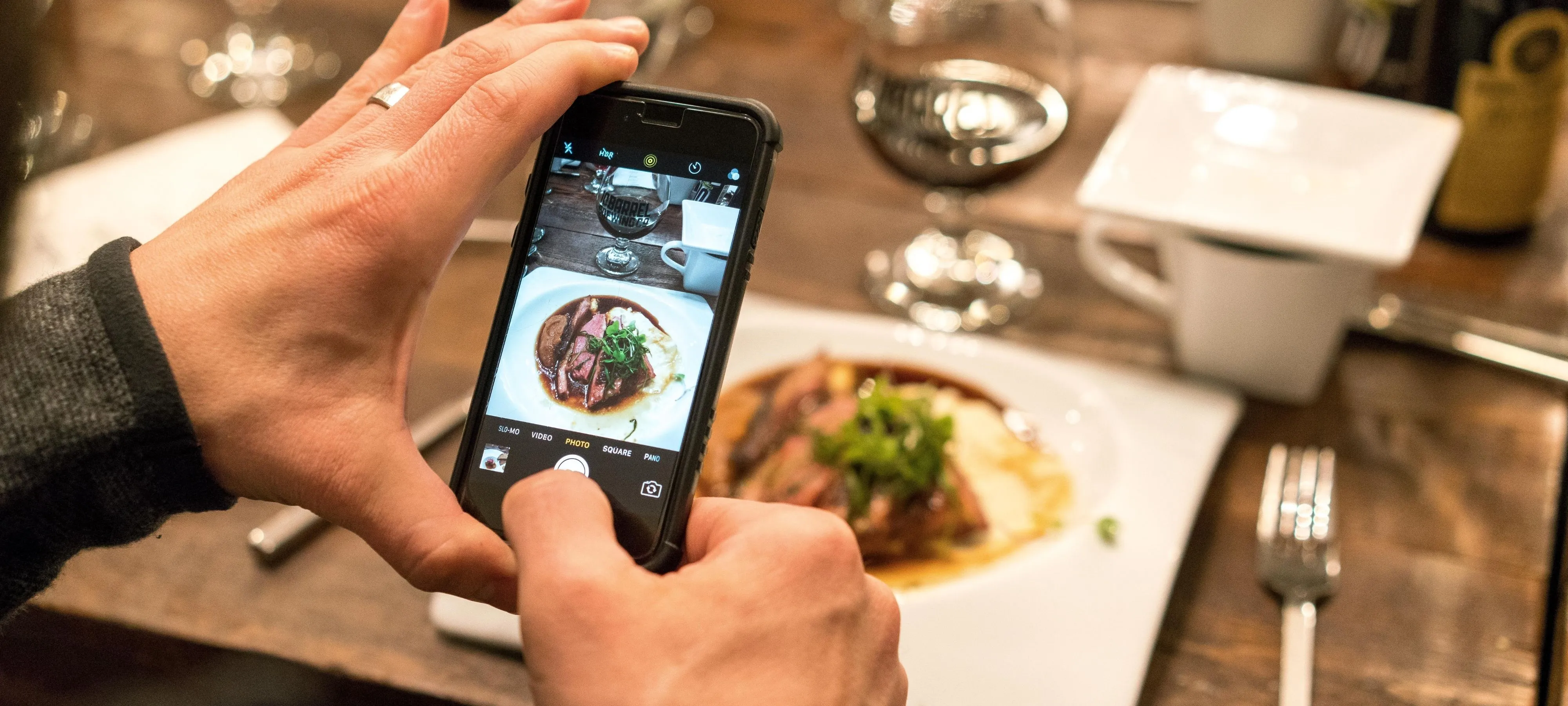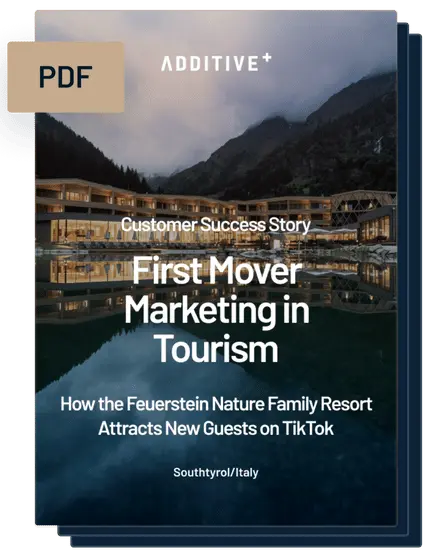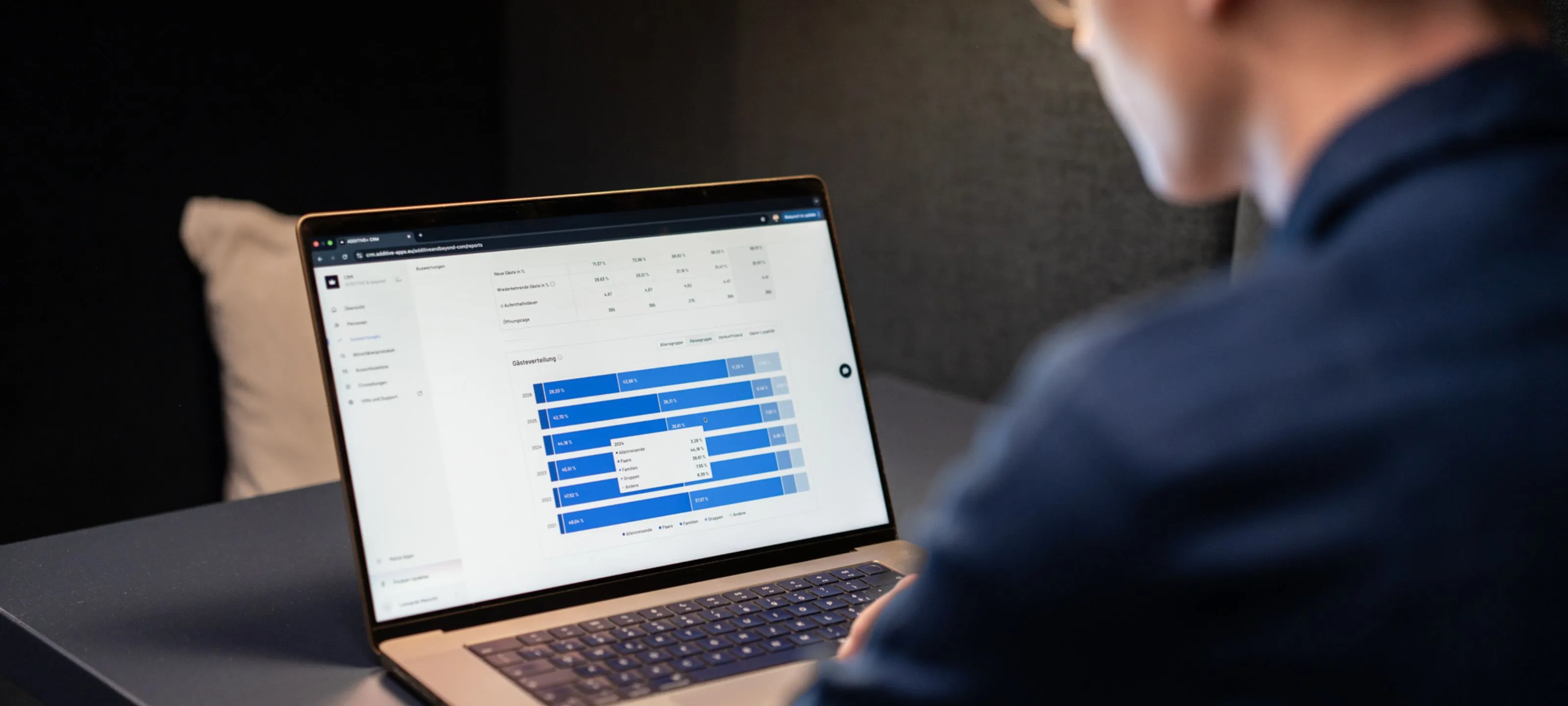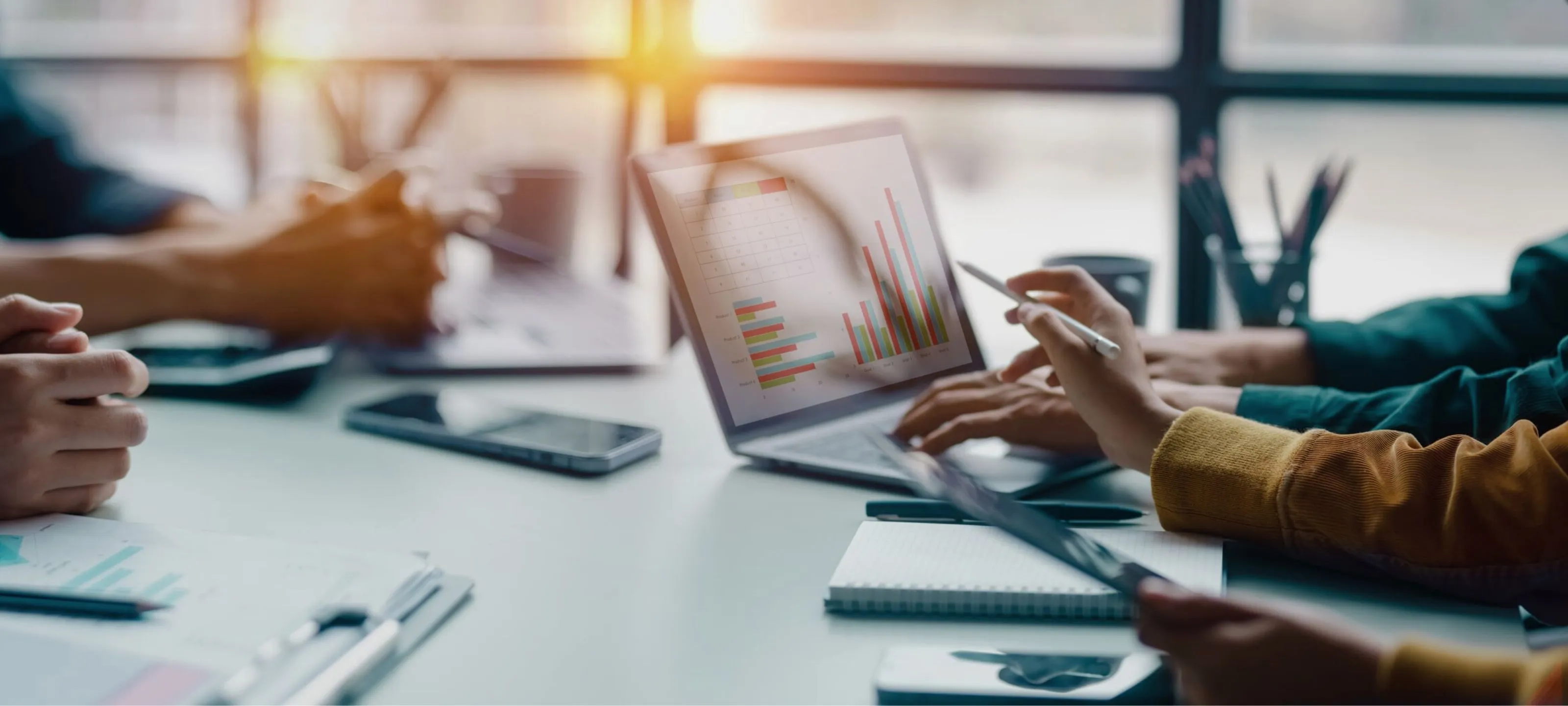
Key Figures, Criteria and Relevant Factors in Selecting Influencers

Which metrics are crucial when selecting influencers? This article highlights the relevant factors and provides hoteliers with practical tips for successful collaborations.
Influencer Marketing in Tourism
The use of influencers (or opinion-formers) in digital marketing is on the increase and is now a permanent feature of the media-marketing mix. Renowned businesses, destinations and accommodation establishments use the popularity of influencers to help orient the purchasing behaviour of younger target groups towards their products and services. In 2017, influencers in the German-speaking countries generated net revenues of around € 560 million, while in the report: "Influencer Marketing in the DACH Region", media consultants and researchers, GOLDMEDIA, forecast growth in excess of 20% by 2020.
The ADDITIVE technical article: "Potential and Risks of Influencer Marketing in Tourism", reveals the enormous successes influencers already enjoy in the tourism sector. This was felt especially in the destination and accommodation industry, where influencers served to supplement brand communication, as proven in the #simplysaxony campaign. Although influencer involvement has established itself as a serious factor in marketing, businesses face a dilemma when it comes to making the right choice. In the DACH (German-speaking) area alone, GOLDMEDIA counts over 30,000 influencers, operating across social media platforms such as Instagram, YouTube and Facebook. The numbers keep on rising and, given the high numbers of potential influencers in the different content areas, making the right choice is complicated.
Choosing the Right Influencers
Since the choice of influencers determines the level of success that a campaign is likely to have, sufficient time should be allowed for making this crucial decision. Even before proceeding with a detailed evaluation of potential influencers, clear goals must be defined. Influencer marketing can be an effective tool in a variety of areas, including image improvement, enhancing brand visibility, opening up new target groups and increasing the volume of enquiries and bookings. In most cases, evaluating the results is anything but straightforward and influencer posts and contributions only rarely have a direct impact on their followers. It’s thus unrealistic to expect a large upturn in the number of clicks with hyperlinks to web shops or bookings as the result. Rather, it’s more about the subconscious positioning of products, destinations or accommodation establishments, which primarily promote proximity, visibility and likeability. This can be illustrated by some specific examples: a partnership between a bank and an influencer doesn’t lead directly to the opening of an increased number of bank accounts. What the bank seeks to do, is rather to tap into a younger target group, some of whom could potentially become new customers in the not-too-distant future. The same concept might be applied to the tourism sector. A destination or a hotel could attract attention through influencer posts, thus playing a decisive role in favour of a particular destination or specific accommodation during the planning/inspirational phase of an upcoming holiday or trip.
Once the overall target has been set, the next steps can be considered regarding the actual type of cooperation. Remunerating the influencer can take various forms. In most cases, the budget is determined by the level of the influencer’s outreach, with potential commissions for brand name promotion, product placement or publishing photos and videos. The influencer may also receive free products and services.
Support via Software-based Influencer Platforms
Once the terms of remuneration have been decided upon, the actual search for influencers can begin. In German-speaking countries, the three most frequently used social media platforms for influencers are Instagram, YouTube and Facebook in that order. Subject-related hashtags and search terms on these platforms provide an initial insight into how influencers operate. Software-based influencer platforms can be very useful during the search phase, serving as a link between influencers and potential business clients. Influencers can store user data including gender, age, location, number of followers, subject content and partnerships, for businesses to assess and to avoid possible conflicts of interests. Depending on the platform, the number of followers can range from the hundreds of thousands to the millions. Many influencer marketing platforms also support their business clients in creating and implementing projects, providing post-campaign analyses and evaluations.
BuzzBird is a leading German influencer platform and a renowned contact point for influencers and businesses. In North America, FameBit is one of the industry pioneers, serving influencers operating mainly on YouTube. Another German portal, HashtagLove, specialises in the under-10,000 follower micro-influencer market, and is also suited to niche-marketing. In most cases, these platforms generate revenue both for the influencer and the business client, depending on the campaign budget. While such online tools are certainly useful in facilitating the partnership, correctly understanding the following is critical in a successful targeted influencer campaign.
Criteria, Key Figures and Factors:
Outreach
Although only one of the most significant indicators, an influencer’s ‘outreach level’ is usually defined by the number of followers. Currently, we are witnessing a change in trends. While until just a few years ago, the level of outreach used to be a decisive factor in choosing an influencer, today it’s just one of the factors (albeit an important one), but it is no longer the main criterion. Moreover, numerous followers don’t always signify a broad subscriber range and only rarely can a specific target group be identified within a much larger mass of followers. This leads to the conclusion that a wide follower outreach level can sometimes also signify user dispersion. In fact, some top influencers with the highest number of subscribers only communicate with a small percentage of their followers. Despite this, it goes without saying that a significant level of outreach is decisive in starting a partnership between influencers and their business clients. Although it is true that micro-influencers with followers in the low hundreds or thousands can work well, the results cannot be compared with those of top influencers with 500,000 followers and more.
To complicate matters further, there are also influencers with fake (purchased) subscribers, known as “womends”, artificially inflating the number of followers. Numerous inactive and suspicious-looking profiles or a sharp rise in followers in a short period of time might be indicative of the presence of "womends".
The specific social media platform to which an influencer uploads content is relevant to his outreach level. Instagram tops the list of influencer platforms with the highest number of followers – for good reason. Using clever hashtags, a stable number of followers and creative content, Facebook uses algorithms to limit the natural growth in followers, while Instagram's user outreach is generated and can be expanded.
Engagement
Engagement level is another key factor in gauging influencer marketing. The rate of engagement should correlate the ratio of followers to the number of interactions. The higher the correlation rate, the greater the number of followers that are shown to have interacted with the post in the form of likes, shares or comments. This indicates that the content has been circulated among a number of followers. A high engagement rate implies that followers are engaged and appreciate the contributions of the influencer. As with the outreach level, it’s also necessary to verify whether or not the feedback has been artificially generated. Paid followers and bots (automated programs that perform repetitive tasks) derived from the word "robot", can seem to generate volume interactions, thus distorting the data. Unqualified comments and a disproportionate number of likes are an indication of possible falsification.
Authenticity and Content Quality
The increased professionalization of influencers has exerted increasing demands on the online community. Followers react positively to improved quality and more aesthetically appealing, as well as thoughtful and professionally-designed content. This also benefits business clients in partnerships with influencers, serving as new brand ambassadors who can significantly impact on the brand image. Quality content is defined by a straightforward and simple approach. For example, the influencer selects a subject area, such as "travel", building his or her content around it, that subscribers perceive as authentic. (Paid) partnerships that don’t match this type of content come across as disruptive, random and lacking in authenticity, consequently generating fewer responses and reduced follower engagement. Well-matched partnerships between the influencer and business client coupled with quality content are beneficial to both parties and reflect successful influencer selection.
Influencer Expertise
Influencer marketing has already progressed well beyond the experimental phase. A professional approach on the part of influencers can thus be expected and should indeed be demanded by the business client. The roles need to be clearly defined: will the influencer supply ideas or be merely the executor? Who will be responsible for content and web design? These factors should be jointly agreed to in advance and the goals planned on a step-by-step basis down to the last detail. After the end of the campaign the question may arise as to way the content (images, videos and texts) will be used. It could be advantageous for businesses to independently recycle the content on various platforms including Internet sites and social media channels. Conversely, the influencer would also benefit from being associated with high-profile brands. Agreement on such matters could significantly influence the decision to continue working with a particular influencer.
Activity
When evaluating the activities of an influencer, it’s worth researching his/her social media accounts. Is the influencer regularly active on social media platforms and how often is new content uploaded? How consistent is their subject matter and how often does paid content feature? A high level of activity and straightforward content are important factors in determining whether or not an influencer is suited to a campaign, inevitably impacting on its outcome. Besides the frequency of the posts, the level of interaction with followers also matters. Does the influencer take the time to interact with his followers? Does he respond to comments and enter into discussions? Proximity to the online community and direct interaction with followers can significantly increase an influencer’s effectiveness.
Conclusion
It is essential to invest sufficient time in selecting an influencer. An in-depth discussion with potential candidates is essential in ensuring the successful implementation of the planned campaign. Positive interaction can result in a well-matched campaign that is targeted from both sides. A decision purely based on the cold evaluation of data isn’t helpful and, in the end, personal preferences and tastes also play a decisive role. A personal and real-life relationship between an influencer and business client should thus be part of the decision-making process. A real relationship and matching interests enable the influencer to serve as a successful mouthpiece for the business and brand ambassador. The choice of an influencer is not necessarily a one-stop decision. Indeed, cooperation with a number of influencers specialising in different content areas with different target groups might be preferable to better achieve the goal of establishing the brand on a more sustainable basis. These are the various factors enabling businesses to initiate a successful and goal-oriented partnership with influencers.





.webp)







